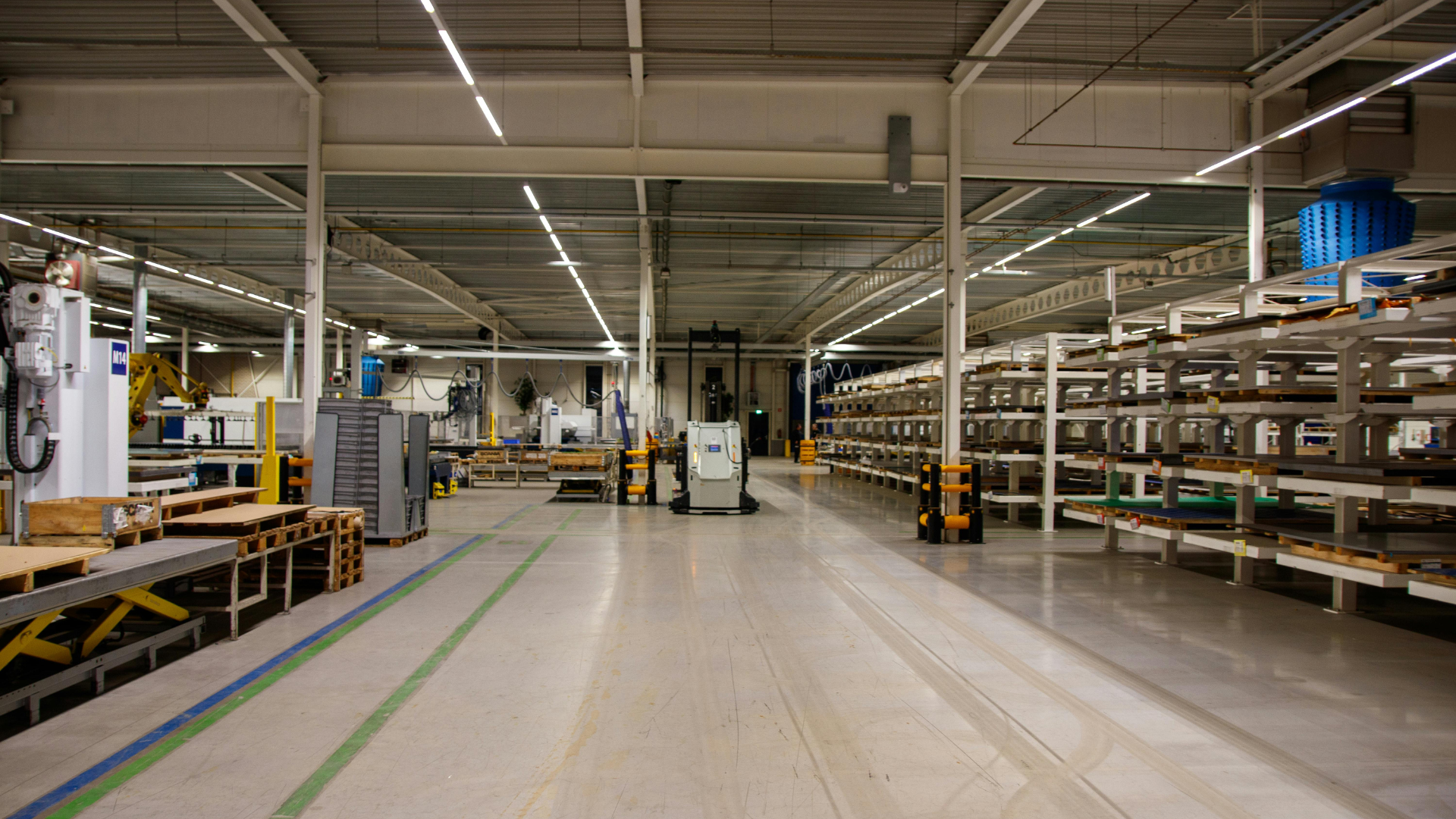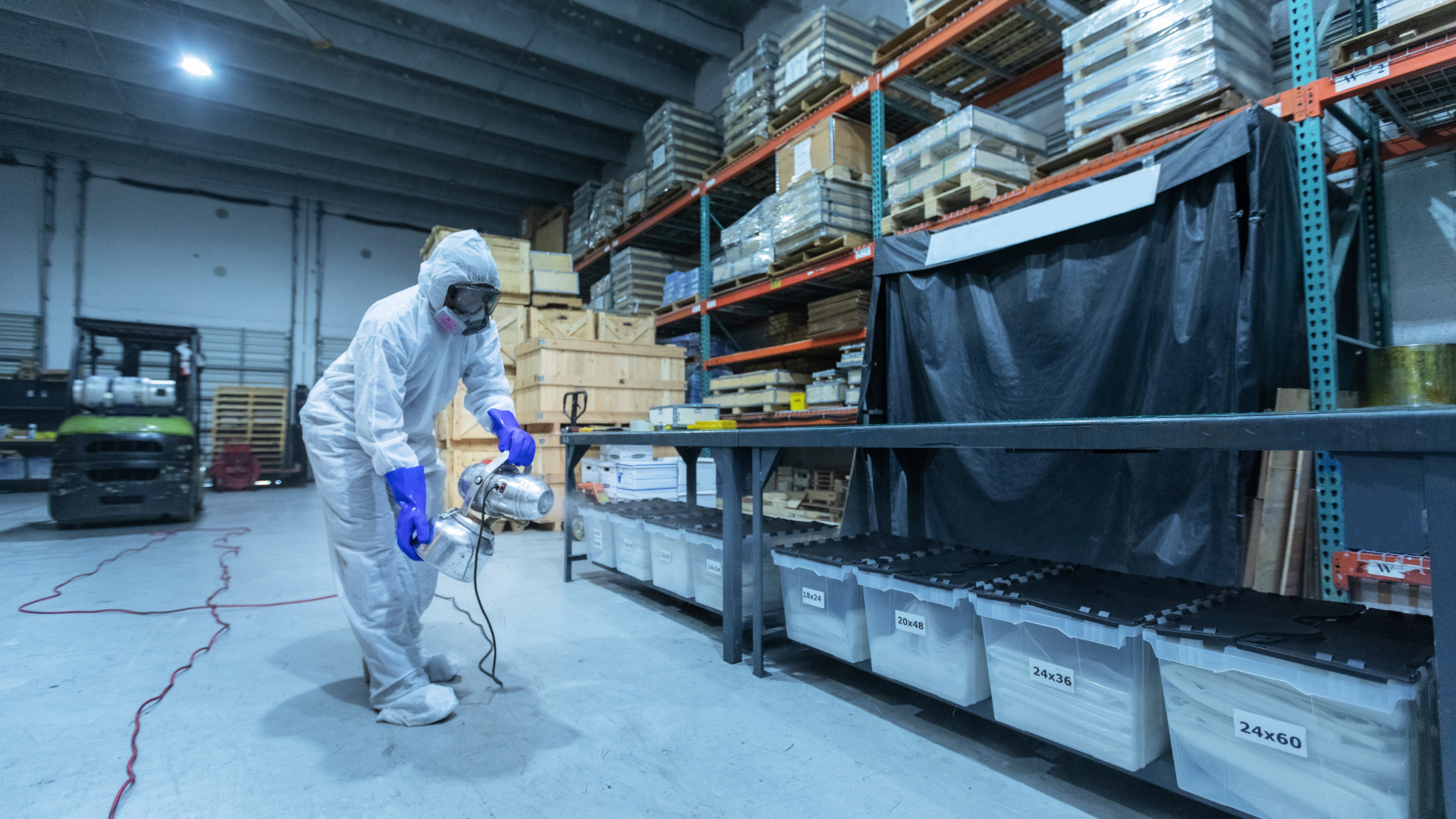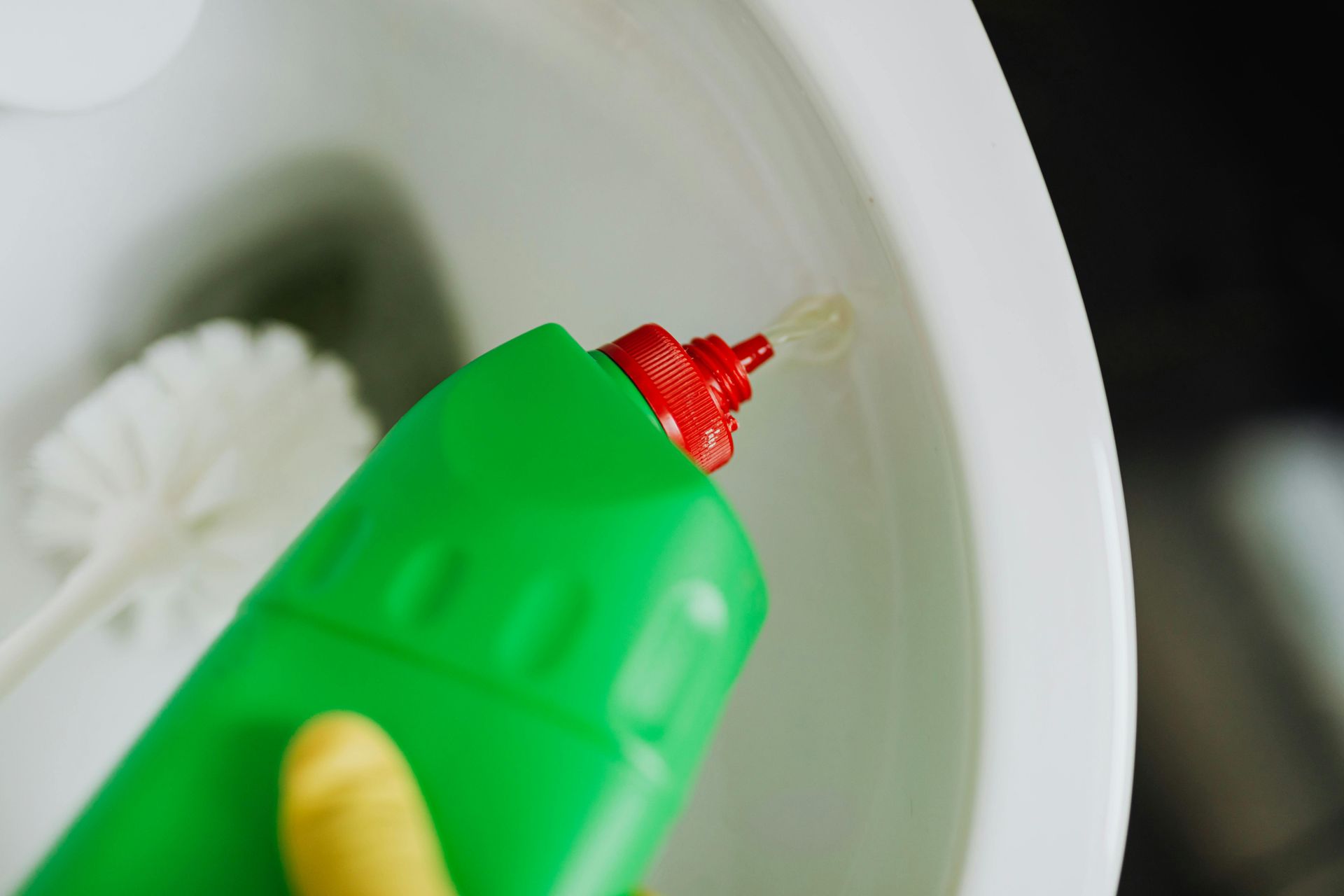Why VOC Reduction Should Be a Priority in Industrial and Manufacturing Facilities
Volatile organic compounds, often referred to as VOCs, are chemicals that easily evaporate at room temperature. They are commonly found in industrial cleaners, coatings, solvents, and degreasers. Although VOCs have been widely used for decades, growing research has shown that high levels of exposure may contribute to indoor air pollution and environmental harm. For industrial and manufacturing facilities, reducing VOC emissions is an important step in supporting worker safety, regulatory compliance, and long-term sustainability. At Green Power Chemical, we help organizations transition to safer, lower VOC alternatives that still deliver strong cleaning and degreasing performance.

Understanding VOCs and How They Affect Air Quality
VOCs evaporate into the air during use, creating vapors that can accumulate in indoor environments, especially in facilities that lack proper ventilation. According to the United States Environmental Protection Agency, exposure to high concentrations of VOCs may contribute to respiratory discomfort, eye irritation, headaches, and other short-term symptoms. Long-term exposure can create additional health concerns, particularly for workers who handle chemical products every day.
Within industrial settings, VOC emissions often occur during tasks such as equipment degreasing, parts washing, surface preparation, and general cleaning. When large volumes of traditional cleaners and solvents are used, the concentration of airborne VOCs can rise quickly. Reducing VOC content in cleaning chemicals supports a healthier workplace by lowering the presence of these vapors in the air.

Supporting Worker Comfort and Productivity
Cleaner air is not only a matter of safety; it also contributes to better comfort and productivity. Workers exposed to fewer harsh fumes can remain focused for longer periods and may experience fewer irritation-related interruptions. Lower VOC products are often associated with a more pleasant work environment, allowing employees to complete tasks without unnecessary discomfort.
A cleaner atmosphere also reduces odor fatigue, a common issue in industrial environments that depend on solvent-based products. By
transitioning to lower VOC cleaners, facilities can create an environment that supports performance and well-being.

Meeting Regulatory Standards and Industry Guidelines
Federal and state agencies have increased their focus on VOC emissions in recent years. Regulations vary by region, but many jurisdictions restrict the VOC content of chemical products used in commercial and industrial applications. Facilities that rely on older solvent-based cleaners may find themselves out of compliance as these restrictions become stricter.
Using low VOC cleaning products helps businesses meet air quality standards set by agencies such as the Environmental Protection Agency and state environmental departments. Maintaining compliance prevents costly penalties and reduces the administrative burden associated with managing hazardous chemical inventories.
In addition to regulatory concerns, many organizations pursue voluntary certifications or sustainability goals. Lower VOC product selection supports initiatives related to indoor air quality, employee health, and environmental responsibility.

Reducing Environmental Impact
VOC emissions contribute to the formation of ground-level ozone and smog. Industrial facilities that rely heavily on solvent-based cleaning chemicals may inadvertently increase their environmental footprint. Replacing high VOC cleaners with environmentally responsible products supports corporate sustainability goals and reduces the facility’s contribution to air pollution.
At Green Power Chemical, our formulations focus on performance with reduced environmental impact. Many of our products are biodegradable, safer for disposal, and designed to minimize atmospheric release. Cleaner formulations help companies meet internal sustainability targets while demonstrating a commitment to responsible operations.

Improving Operational Safety
Lower VOC products often reduce the flammability risks associated with traditional solvent-based chemicals. Many high VOC cleaners are classified as flammable or combustible, creating challenges for storage, handling, and disposal. Using alternatives with reduced VOC levels can help lower the chance of fire hazards and improve overall facility safety.
Better safety also translates into improved insurance compliance and fewer operational disruptions. By choosing safer chemical formulations, facilities create an environment that supports long-term efficiency and risk reduction.

Make VOCs a Thing of the Past
Reducing VOCs is an important step toward creating safer, healthier, and more sustainable industrial workplaces. Lower VOC cleaners protect workers, support regulatory compliance, reduce environmental impact, and improve operational safety. At Green Power Chemical, we help companies make this transition by offering high-performance products that minimize harmful emissions without sacrificing cleaning power.
By prioritizing VOC reduction, industrial and manufacturing facilities demonstrate a commitment to employee well-being, environmental responsibility, and long-term operational excellence. Our team is ready to support that commitment by providing effective, eco-conscious solutions that align with modern safety and sustainability standards.
You can contact us by phone at 800-932-9371, by emailing us at peter@greenpowerchemical.com, or through the contact form here on our site.











